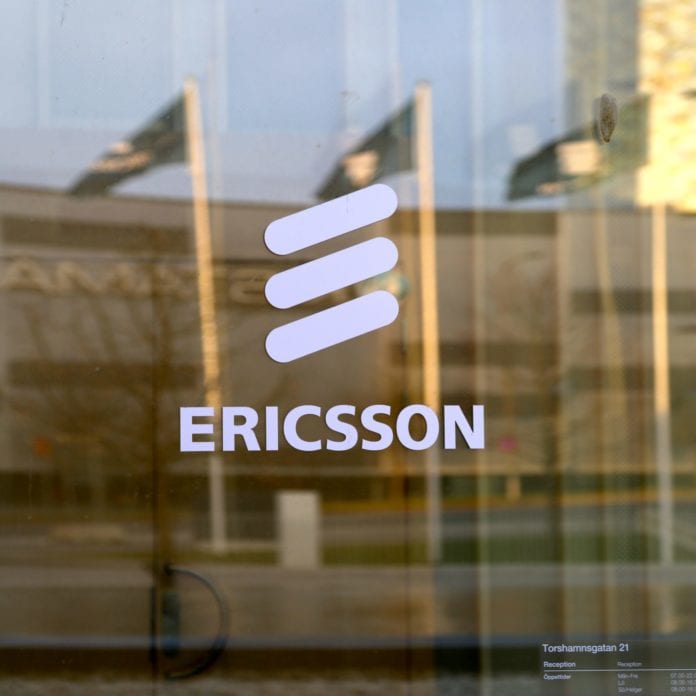As 3GPP ratifies NSA 5G NR specification, Ericsson doubles down on investment
With $220 million from the Nordic Investment Bank and $150 million from AB Svensk Exportkredit, a state-owned Swedish financier, Ericsson is looking to put that money to work to “further develop 5G and other innovative mobile technologies,” according to the company.
The capital announcement came on the heels of international standards body 3GPP finalizing the non-standalone 5G New Radio (NR) specification on Dec. 20. This variant of the specification contemplates an operator using an LTE network to anchor 5G NR carriers. The Nordic Investment Bank credit agreement matures in 2023, and the other loan comes to term in 2025.
Ericsson Chief Technology Officer Erik Ekudden said the investment would bolster strategies around 5G, the internet of things and other digital services offered by the network infrastructure provider.
“Already now we have 38 operators engaged with us on developing and preparing for 5G networks,” Ekudden said. “This is more than any other company. In the coming year, we will see 5G networks going live around the world, with major deployments from 2020 and we believe that there will be one billion 5G subscriptions by the end of 2023. The technologies that we are investing in are fundamentally changing the way we innovate, collaborate, live and do business.”
The NSA 5G NR standard completion was based on an accelerated timeline agreed to earlier this year. Mike Thelander, founder and president of Signals Research Group, wrote that the acceleration of NSA 5G NR was in part due to a “perceived threat” of market fragmentation, with players such as Verizon pursuing its 5G Technical Forum path for its own standard (Verizon announced in October that it would pursue large-scale trials and eventual deployment of 5G NR and a 5G NR migration path for its 5G TF work).
“In addition to allowing operators to begin deployment plans and allowing vendors to finalize their infrastructure and chipset solutions, the accelerated schedule also helped eliminate a perceived threat from market fragmentation,” Thelander wrote. “Verizon and KT, for example, were pursuing initial 5G deployments with their own set of ‘5G specifications,’ thereby forcing their vendors to build solutions which were incompatible with the direction being pursued within 3GPP. … The Verizon/KT spec used a different subcarrier spacing compared with the approach being taken by 3GPP, so it wasn’t just a simple software change to migrate from one set of specifications to another set of specifications. Verizon and KT could have been the tip of the iceberg if other operators followed in their footsteps. The accelerated schedule eliminated that threat.”

